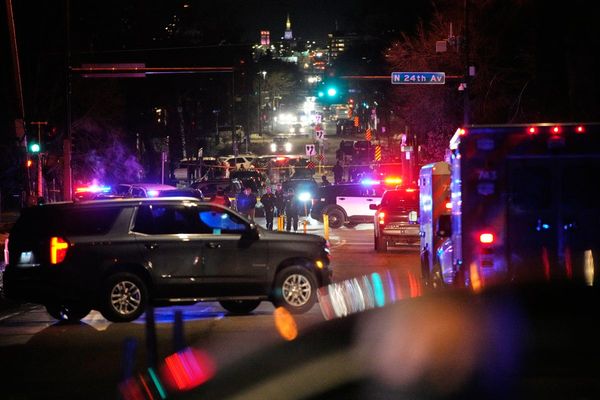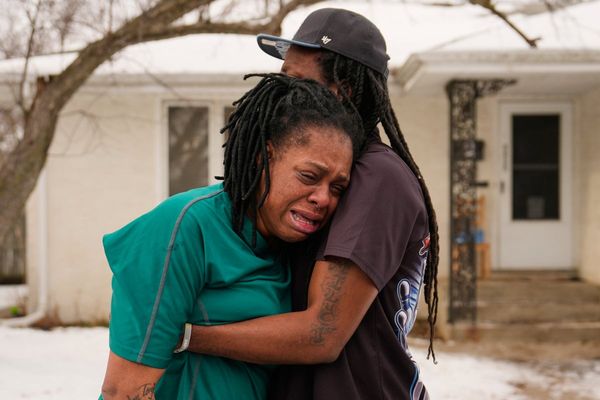
The Reserve Bank took its foot off the accelerator in October, approving a smaller 0.25 percentage point increase in interest rates as the battle to curb inflation enters a new phase.
RBA governor Philip Lowe unveiled a record-breaking sixth straight rate increase on Tuesday, taking the official cash rate target to 2.6 per cent.
It will add another $74 to monthly repayments on a typical $500,000, 25-year mortgage, bringing total bill increases to about $687 since May.
But Tuesday’s hike was smaller than the five previous 0.50 percentage point hikes the RBA has approved since May – a sign the RBA has entered a new phase in its battle to curb the fastest inflation in 30-years.
Dr Lowe said on Tuesday that the RBA decided on a smaller hike as it “assesses the outlook for inflation and economic growth in Australia”.
“As is the case in most countries, inflation in Australia is too high,” he said in a statement on Tuesday afternoon.
“Global factors explain much of this high inflation, but strong domestic demand relative to the ability of the economy to meet that demand is also playing a role.”
Callam Pickering, Indeed APAC economist, said the smaller rate hike was a “sign they [the RBA] are getting closer to a pause in rates”.
“Typically the RBA will use a pause to assess economic conditions and determine how policy changes are impacting the economy,” he said.
“The Australian economy has proved resilient throughout the year, particularly since rates began to rise in May, with retail spending remaining strong, unemployment low and job vacancies elevated.
“Rather than deteriorate, there is a strong argument that the labour market could tighten further in the near-term.”
Australia’s headline inflation rate is forecast to peak at 7.8 per cent in the December quarter before easing early next year – it rose to 6.1 percent over the June quarter, according to official statistics.
“The expected moderation in inflation next year reflects the ongoing resolution of global supply-side problems, recent declines in some commodity prices and the impact of rising interest rates,” Dr Lowe said on Tuesday.
“Medium-term inflation expectations remain well anchored, and it is important that this remains the case.”
CoreLogic head of research Eliza Owen said the 0.25 percentage point rate hike in October was a sign the RBA thought that it was winning the battle against inflation.
“Economic indicators are showing a slight unwinding in the labour market and steadying inflation,” she said in a statement.
Dr Lowe did, however, flag further rate hikes in his Tuesday statement.
“Today’s further increase in interest rates will help achieve a more sustainable balance of demand and supply in the Australian economy,” he said.
“This is necessary to bring inflation back down. The Board expects to increase interest rates further over the period ahead.”
Economists expect two more 0.25 percentage point rate increases this year (in November and December) before a pause in early 2023 as the RBA waits for more official figures on the inflation rate and jobs market.







